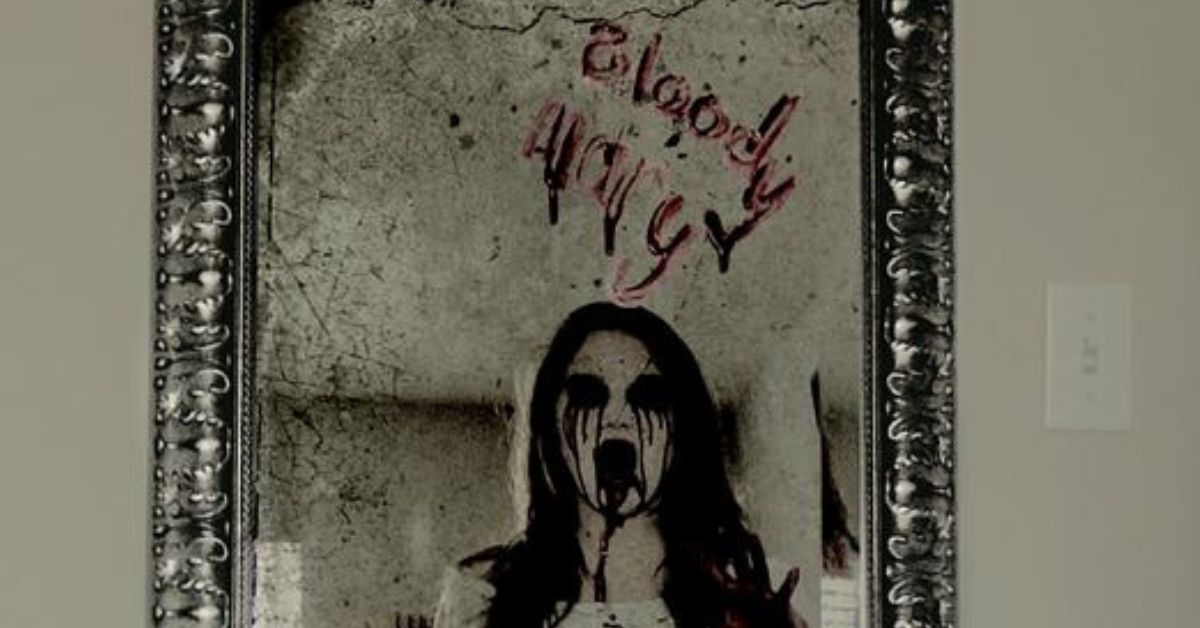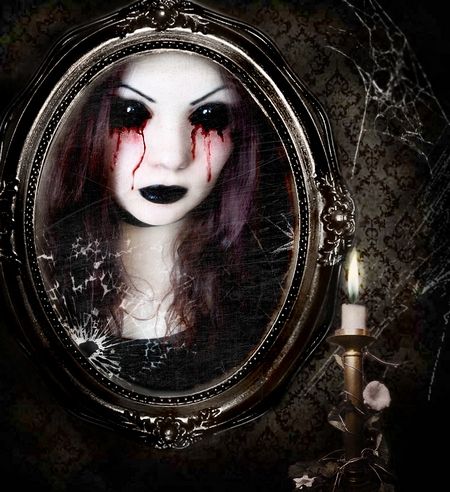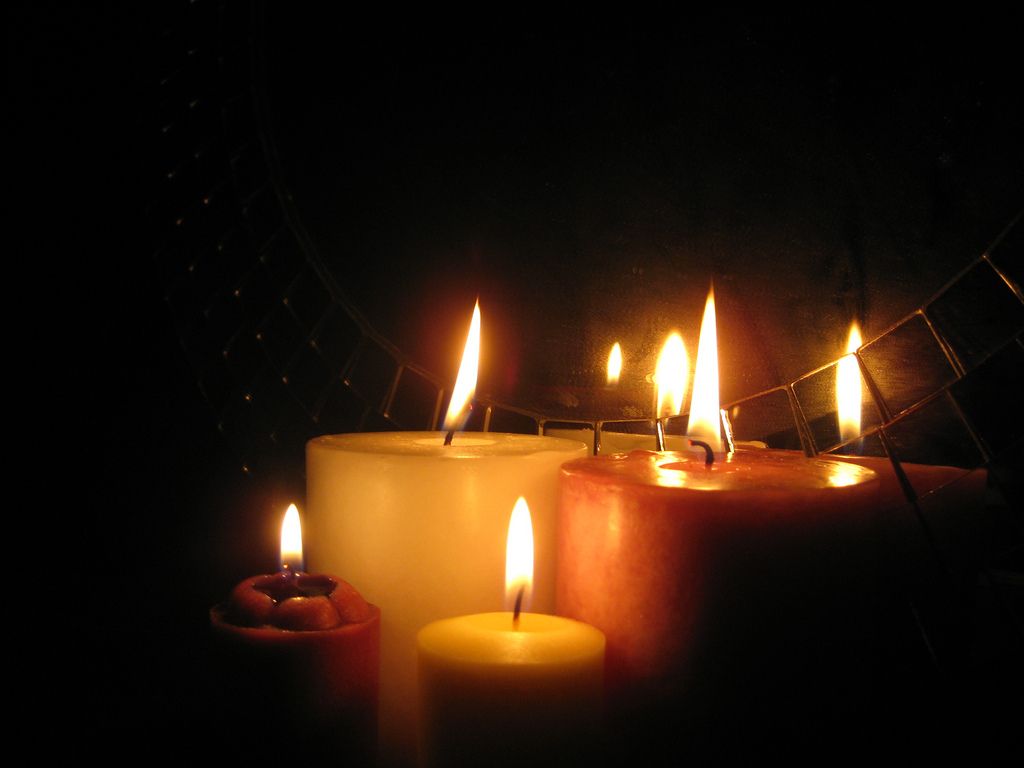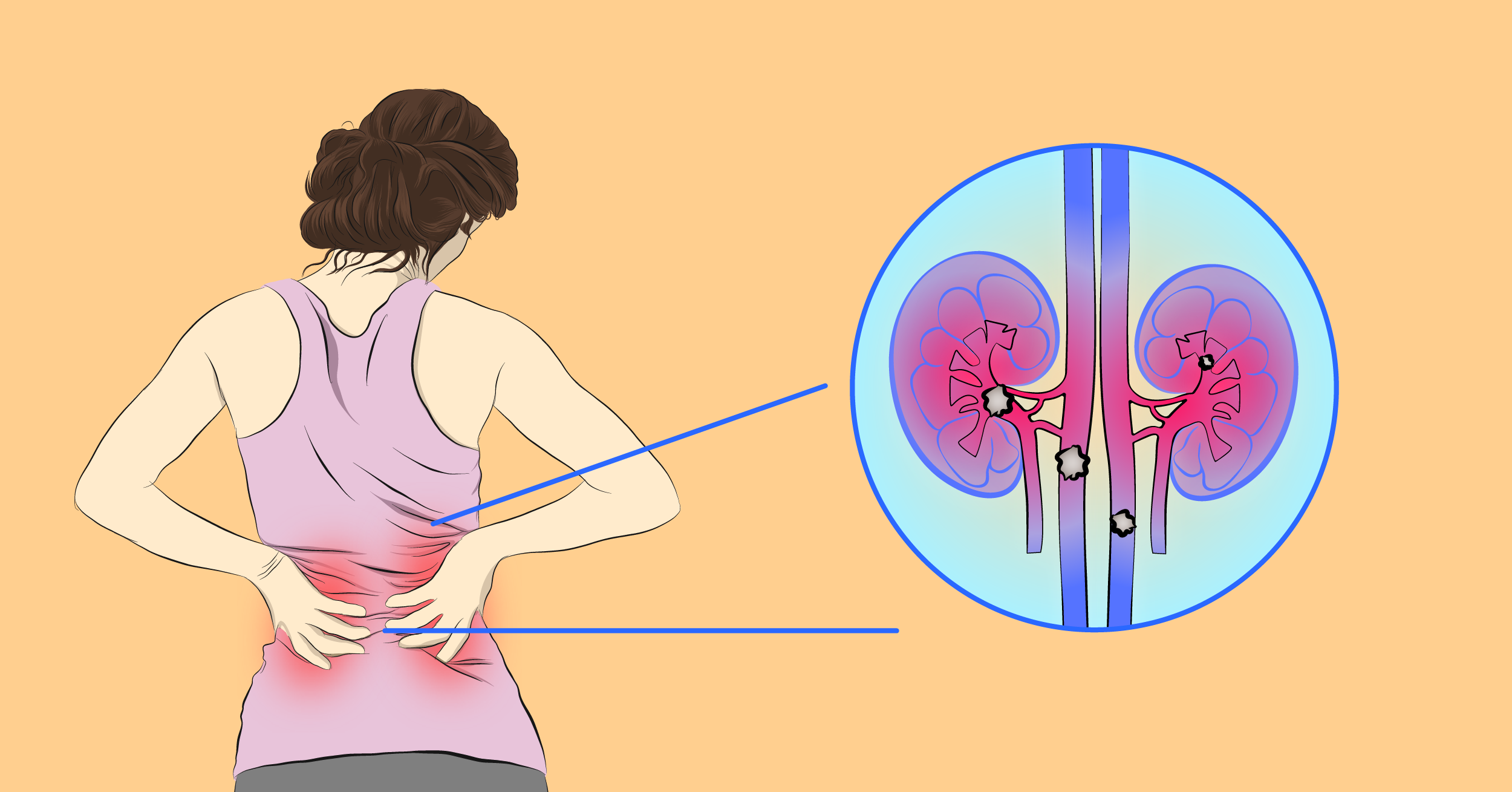If you've ever played the Bloody Mary game when you were a child, you're likely still scarred from your experience.
Some people describe this childhood game to be even more spine-chilling than the Ouija board, but I would argue that they're both equally terrifying.
At first, it seemed like an innocent game that would liven up the spirit of Halloween, but it left us all scared of the dark.
Your experience may have gone something like this: With a group of friends, you stood in a dark bathroom with a candle. While looking into the mirror, you chanted the name Bloody Mary thirteen times or more.
After that, an apparition appeared in the mirror, or some people reported seeing their facial features contorting, causing every single fiber of their being to tremble.
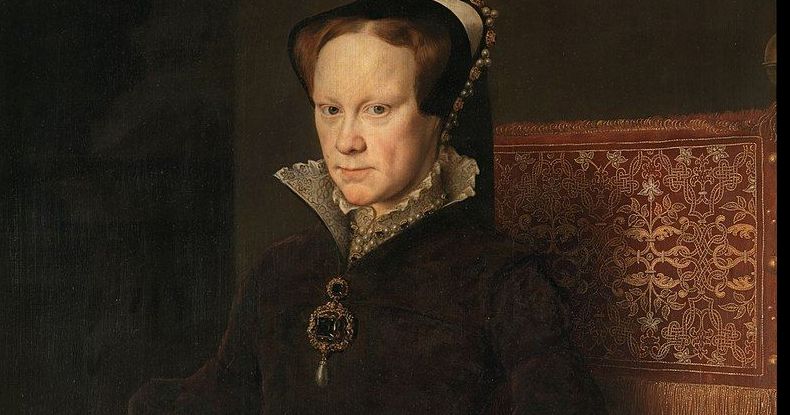
This folklore legend is based on the historic figure of Queen Mary I, who was known as "Bloody Mary."
The reason why she was given this name was not only because of all the miscarriages and false pregnancies she suffered from, but also because of her pursuit to restore Roman Catholicism in England.
According to psychologists, there's a reason why you see the so-called Bloody Mary.
Breathe a sigh of relief: Bloody Mary is not after you.
But the question remains, why do you happen to see something strange in the mirror?
A team of researchers looked into why the Bloody Mary game feels so real, and they published their findings in the journal Perception.
The study, Strange-face-in-the-mirror illusion, asked fifty participants to sit in a controlled dark room setting in front of a mirror for ten minutes.
The set up included a dim lamp placed behind the participant, while they were asked to stare into a large mirror placed about 15 inches in front of them.
Without repeating Bloody Mary, the participants gaze at their reflection, and in less than one minute, they report seeing something strange in the mirror.
"At the end of a 10 min session of mirror gazing, the participant was asked to write what he or she saw in the mirror.The descriptions differed greatly across individuals and included:
(a) 66% of the fifty participants reported seeing huge deformations of one's own face
(b) 18% reported seeing a parent's face with traits changed, of whom 8% were still alive and 10% were deceased
(c) 28 % reported seeing an unknown person
(d) 28% reported seeing an archetypal face, such as that of an old woman, a child, or a portrait of an ancestor
(e) 18% reported seeing an animal face such as that of a cat, pig, or lion
(f ) 48% reported seeing fantastical and monstrous beings."
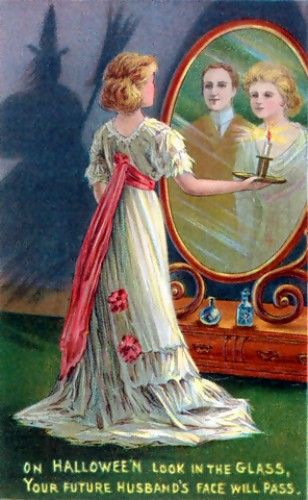
The author of the study, Giovanni B. Caputo, suggests that this effect is caused by your face interpretation system distorting what you see.
Basically, your visual system is always looking for faces, which is why you may see a face when looking up at the clouds or feel like the clothes hanging on your chair look like a demon.
In dim lighting, it's much easier to trick your eyes into seeing something that's not there, which is probably why so many of us are afraid of the dark.
As for the Ouija board, scientists say that the ideomotor effect is what causes people to think the board is moving.
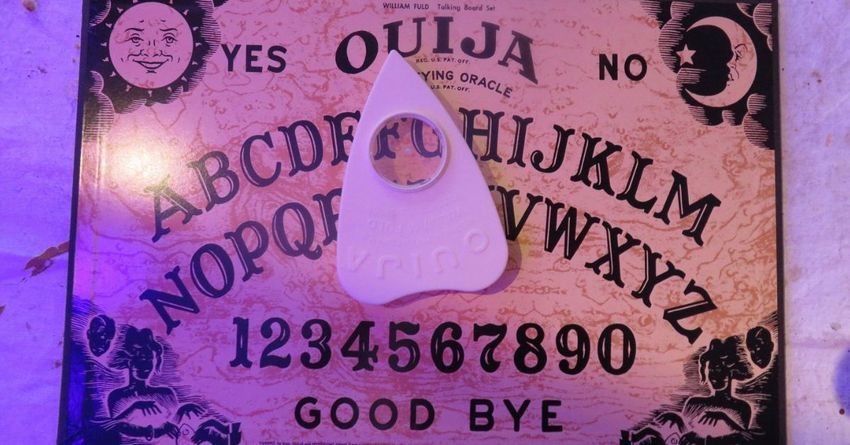
In simple terms, it's basically like hypnosis, where your body makes motions unconsciously, just like how your body breathes, blinks, and pumps blood.
When trying to invoke the spirits and while you're asking questions, your brain is signaling your body to move without even knowing it.
It's no fun to know that your own brain is the one spelling out the words, but it is interesting to know how this all works!
